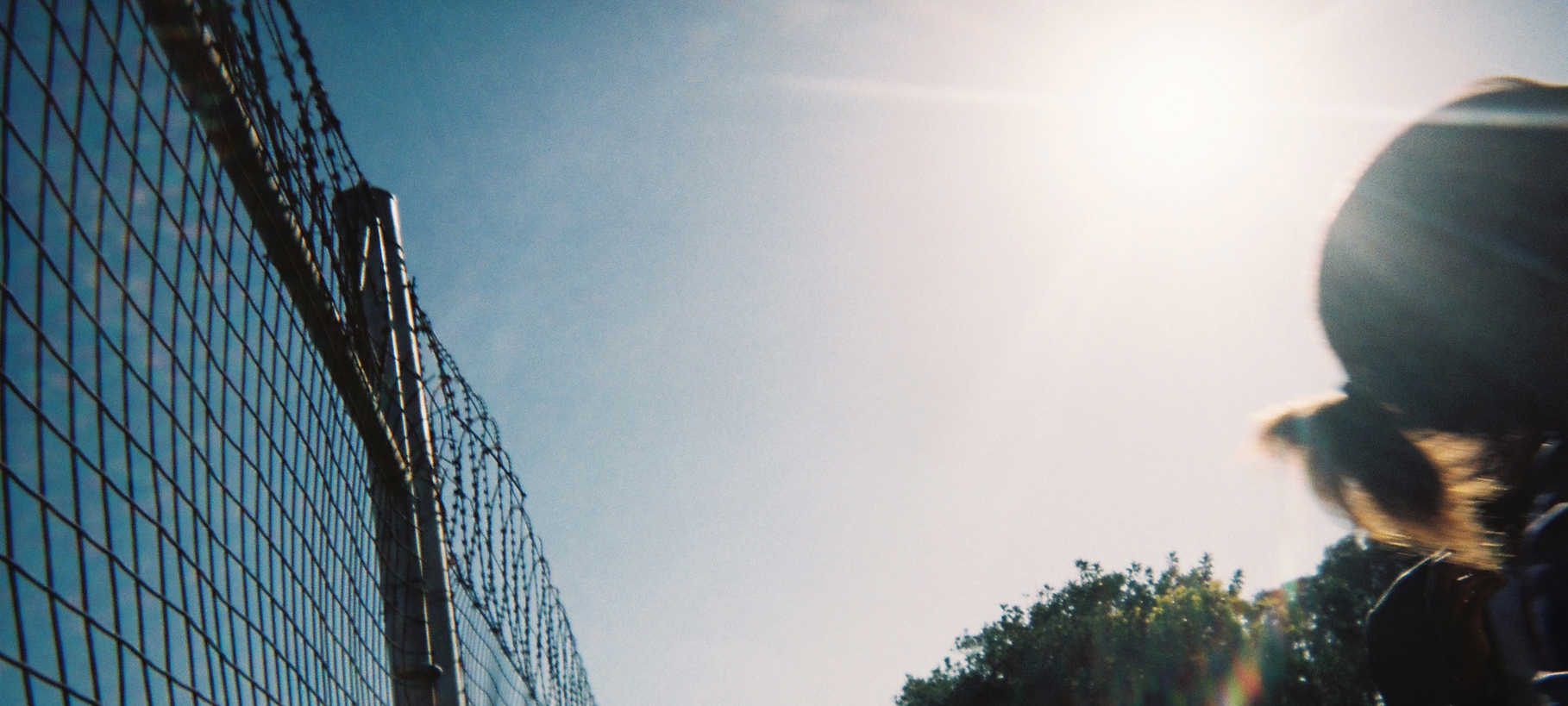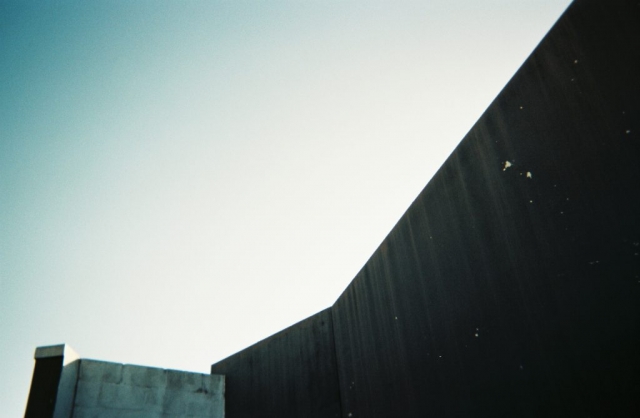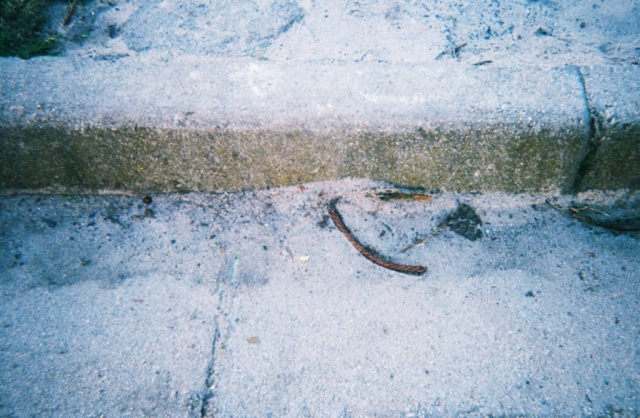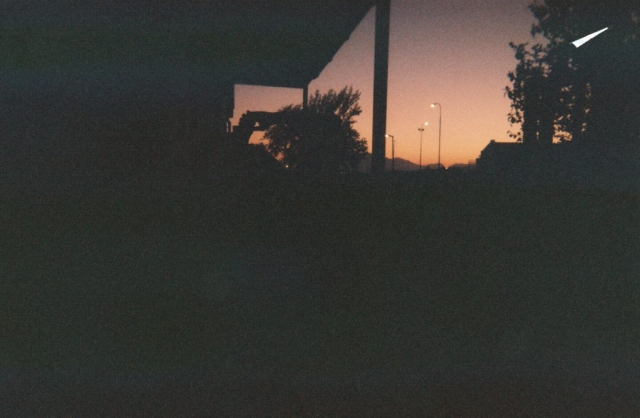Crossing Borders (2017-now) is an ongoing artistic-educational exploration of how and what children learn through artistic processes.

In December 2021 we released a peer reviewed article “A Microtopia of Arts Education” in the book Arts, Sustainability and Education.
In December 2020 we released a peer reviewed article “It’s all about art” in the book “Dancing Across Borders”. See the book here
We use artistic methods to explore how we, as individuals, communities, cultures and societies, are part of something larger than ourselves. In this way we draw attention to the roles we have in different relations and how we communicate and influence each other. We believe that attention can help develop relations favourably. In the project, we have cooperated with a school class in Athlone, Cape Town and focused on relationships between school and home. The method we use reflects the concept in the way that we integrate various art forms. We investigate how choreography, dance, landscape architecture and graphic expression can communicate and influence each other.
I focus on the bodily elements and examine how senses, emotions and motor skills are related to the surroundings. Fabian Hartzenberg focuses on how the surroundings can be expressed through images. Together, we examine how the images and body movements affect each other and thus we examine how visual art and dance can give something to each other, develop each other. How it develops in practice is up to the children’s wishes and stories and thus they become part of the projects they help shape.
I am artistically responsible for the project. I explore how the various artforms are related and communicate through form, composition, aesthetics, documentation, context and concept. The factor of time/space/movement creates tension in the sense that dance and landscape architecture are expressed through transformation opposite drawings and choreographic scores that are more static. In our experience, it is in this tension that the various artforms influence each other most: they change and develop each other.
Associate professor Charlotte Svendler Nielsen is pedagogically responsible. From a research perspective she is exploring the questions: What can children learn through artistic-educational collaborations about themselves, others and their surroundings? How can connections be created through the children’s experiences and expressions as artistic forms and as alternative ways of reflection and documenting learning? And how can the methodological considerations of the research and teaching collaborations be shared with a broader range of professionals?
We did an exercise where the children took photos of relations between home and school. Before the exercise we embodied various relations like crossing, opening, closing, border, obstacle, exit, entrance, threshold, frame, gate, connection, etc. and asked ourselves how these words are part of relations between home and school. Below are some of the photos.
The others involved are: Liesl Hartman, Fabian Hartzenberg, Charlotte Svendler Nielsen, Gerard Samual, Melissa Simpson and the school children.
The project is a cooperation between between Norma Road Primary School in Athlone in Cape Town, Peder Lykke Skole in Copenhagen, Peter Clarke Art Centre in Cape Town and University of Copenhagen. The project is formed on the basis of the project Red Apples – Green Apples.
Supported by University of Copenhagen and Danish Cultural Institute












